Exhibition dates: 26th October 2018 – 7th April 2019
Ralston Crawford (American, 1906-1978)
Unloading the Cargo
c. 1942
Gelatin silver print
4 1/2 × 7 inches
Gift of Neelon Crawford
Fascinated as he was “by the purified geometry of man-made things,” the best of these photographs from Ralston Crawford evidence a disciplined eye in the quest to portray a structured vision of the industrial world. While photographically there is nothing ground breaking here, these are strong images of abstract spaces – “precise and geometric, emphasising bold, simple forms.” What is of more interest is how “he applied a painter’s eye to the challenge of making interesting photographs.”
It is still amazing to me to think that anyone can just pick up a camera and call themselves a photographer, especially in today’s media saturated environment where everyone has a camera attached to their phone. You wouldn’t think of calling yourself a painter without years of experimentation and exploration of the medium and it’s abilities. And the same applies to being a photographic artist. To me, being an image maker takes years of looking, of understanding the medium, its history and its abilities, the construction of the picture plane, the light, the physicality of the print, the aura of the object.
Are these photographs well seen, framed and printed? Yes.
Are they memorable? Do they impinge on the consciousness like great photographs do and take you to a different plane of existence? No they don’t.
These are experiments, sketches, in light and form, static in their painting, immobile in their resilience.
Dr Marcus Bunyan
Many thankx to The Nelson-Atkins Museum of Art for allowing me to publish the photographs in the posting. Please click on the photographs for a larger version of the image.
Fascinated by the purified geometry of man-made things, Ralston Crawford (1906-1978) worked in a consistently formal, or abstract, manner across a variety of mediums. His photographs provide an essential look at a vital era of abstraction in American art, and at the cultural scenes and subjects from which that creative sensibility arose.
Crawford used the camera as a tool of both documentary and artistic expression. Some photographs served as studies for later paintings or prints. Most, however, were created and appreciated purely as photographs. His subjects ranged from urban and industrial themes to ships and sailing, jazz, the people and culture of New Orleans, bullfighting and religious processions in Spain, and the destructive power of the atomic bomb.
Structured Vision: The Photographs of Ralston Crawford
Ralston Crawford (American, 1906-1978)
Dock Workers
1938
Gelatin silver print
6 1/2 × 8 15/16 inches
Gift of Hallmark Cards, Inc.,
Ralston Crawford (American, 1906-1978)
Grain Elevators, Buffalo
c. 1942
Gelatin silver print
6 5/16 × 9 1/2 inches
Gift of Neelon Crawford
Ralston Crawford (American, 1906-1978)
Fishing Boat Stern Rigging
1971
Gelatin silver print
9 3/8 × 13 9/16 inches
Gift of Neelon Crawford
Ralston Crawford (American, 1906-1978)
Staging Area, Coulee Dam
1972
Gelatin silver print
13 × 19 1/8 inches
Gift of Hallmark Cards, Inc.,
Ralston Crawford (American, 1906-1978)
Grain Elevators with Shadows
c. 1942
Gelatin silver print
9 1/8 × 7 3/16 inches
Gift of the Hall Family Foundation
Ralston Crawford (American, 1906-1978)
Flower Vases on Tomb, New Orleans
c. 1959
Gelatin silver print
9 11/16 × 7 13/16 inches
Gift of Neelon Crawford
Ralston Crawford (American, 1906-1978)
Third Avenue Elevated
1948
Gelatin silver print
13 7/16 × 9 1/16 inches
Gift of Hallmark Cards, Inc.,
Ralston Crawford (American, 1906-1978)
Door with Striped Pole and Striped Wall, New Orleans
1967
Gelatin silver print
13 5/16 × 8 15/16 inches
Gift of Neelon Crawford
Ralston Crawford, who celebrated the modern American industrial landscape in a precisionist style and captured the vitality of New Orleans jazz culture, is the subject of a photography exhibition opening at The Nelson-Atkins Museum of Art in Kansas City Oct. 26 through April 7, 2019. Structured Vision: The Photographs of Ralston Crawford, showcases the museum’s deep holdings of his work.
“Ralston Crawford’s photographs have a profound energy,” said Julián Zugazagoitia, Menefee D. and Mary Louise Blackwell CEO and Director of the Nelson-Atkins. “Throughout his career he juxtaposed creation and destruction, form and chaos. His body of work is wonderfully varied and reflects how complicated and rich one artistic sensibility can be.”
George Ralston Crawford (1906-1978) was born in Canada but grew up in Buffalo, New York, where his interest in docks, shipyards, bridges, and grain elevators blossomed. He was a sailor as a young adult and began studying art in the late 1920s, painting characteristically American subjects such as highways, bridges, and machines. His work was precise and geometric, emphasising bold, simple forms.
“Ralston Crawford is an important artist in the Nelson-Atkins collection because he applied a painter’s eye to the challenge of making interesting photographs,” said Keith F. Davis, Senior Curator, Photography. “There is enormous variety in his work, from industrial subjects to street life and cemeteries of New Orleans. Some of his pictures are about pure geometry; others celebrate the improvisational vitality of everyday life. Ultimately, all of Crawford’s work is about the interrelationship of structure and change.”
Crawford worked actively from the 1930s through the 1970s. He absorbed and expressed the basic energies of the mid-twentieth century, from the era’s industrial might to the destructive power of war and the atomic bomb. He celebrated the most basic of forces: creation, decay, time, and change. He travelled extensively throughout his life to paint, produce lithographs, take photographs, and teach. In addition to key gifts from the Hall Family Foundation, the artist’s son, Neelon Crawford, was instrumental in increasing the Nelson-Atkins’s holdings of his father’s photographs.
The exhibition is accompanied by a new book, The Photographs of Ralston Crawford, written by Davis, providing a fresh, comprehensive look at Crawford’s photographs from 1938 through the mid-1970s, including both well-known works and previously unpublished images. This volume, published by Yale University Press, is distributed for the Hall Family Foundation in association with the Nelson-Atkins.
Press release from The Nelson-Atkins Museum of Art
Ralston Crawford (American, 1906-1978)
John “Papa” Joseph, Outside Barbershop, New Orleans
1958
Gelatin silver print
7 11/16 × 9 9/16 inches
Gift of Neelon Crawford
Ralston Crawford (American, 1906-1978)
Emile Barnes’s Louisiana Joymakers
1950
Gelatin silver print
7 5/8 × 9 1/2 inches
Gift of Neelon Crawford
Ralston Crawford (American, 1906-1978)
Dancer and Meyer Kennedy at the Caravan Club, New Orleans
1953
Gelatin silver print, 9 1/2 × 7 9/16 inches
Gift of Neelon Crawford
Ralston Crawford (American, 1906-1978)
Tuxedo Brass Band, New Orleans
1959
Gelatin silver print
6 7/16 × 9 1/2 inches
Gift of Neelon Crawford
Ralston Crawford (American, 1906-1978)
Women in Sunday School Parade, New Orleans
1958
Gelatin silver print
6 3/16 × 9 9/16 inches
Gift of Neelon Crawford
Ralston Crawford (American, 1906-1978)
Bow and Rope
1972
Gelatin silver print
11 3/16 × 16 5/8 inches
Gift of Neelon Crawford
Ralston Crawford (American, 1906-1978)
Holy Week, Seville, Spain
1972
Gelatin silver print
6 9/16 × 9 9/16 inches
Gift of Neelon Crawford
Ralston Crawford (American, 1906-1978)
Duluth Rail Yard Scrap
1961
Gelatin silver print
13 5/8 × 16 1/8 inches
Gift of Hallmark Cards, Inc.,
Ralston Crawford (American, 1906-1978)
Duluth Rail Yard Scrap
1961
Gelatin silver print
12 1/16 × 16 9/16 inches
Gift of Neelon Crawford
Ralston Crawford (American, 1906-1978)
Duluth
1961
Gelatin silver print
13 1/8 × 16 1/2 inches
Gift of Hallmark Cards, Inc.,
The Nelson-Atkins Museum of Art
4525 Oak Street
Kansas City, MO 64111
Opening hours:
Thursday – Monday 10am – 5pm
Closed Tuesdays and Wednesdays


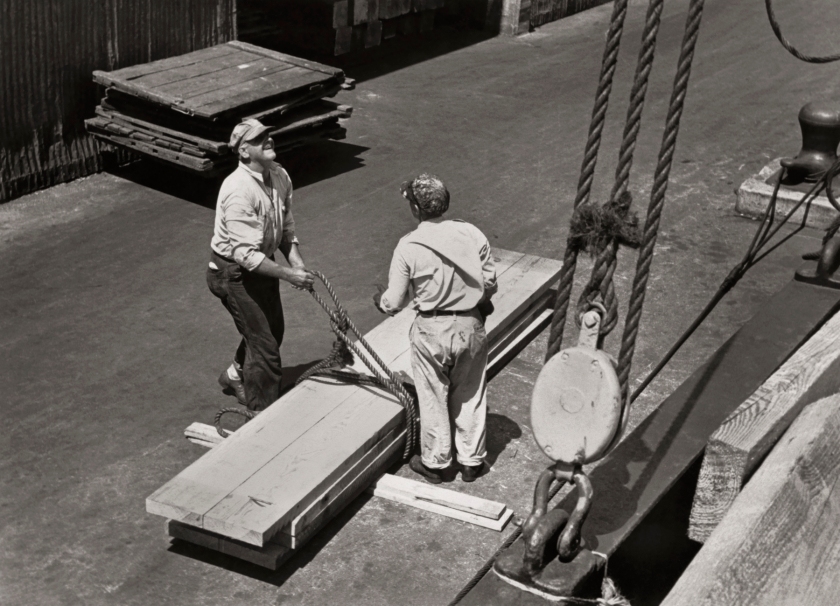



















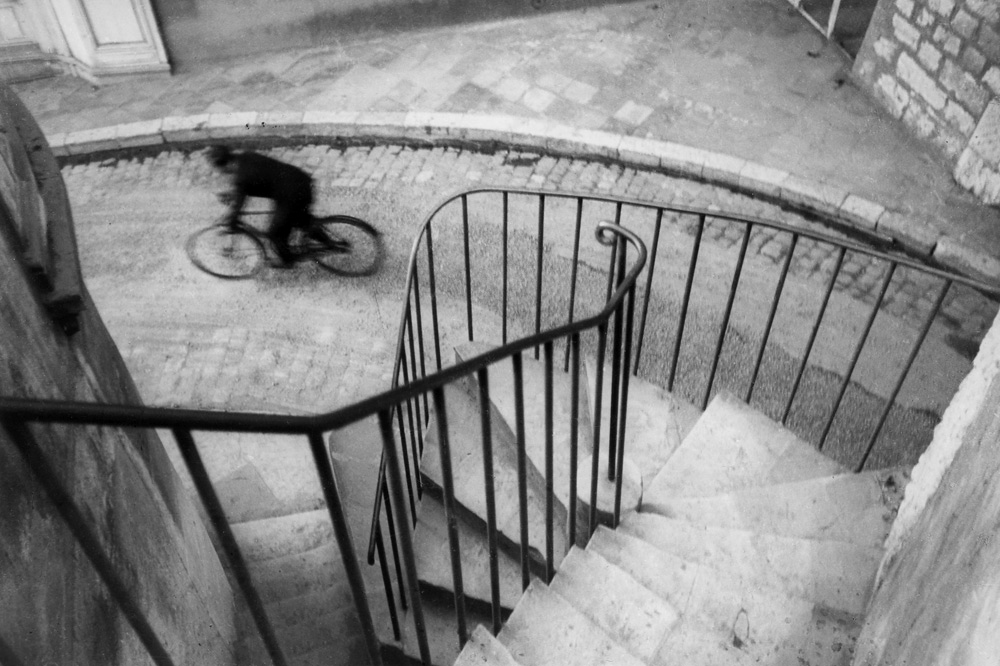
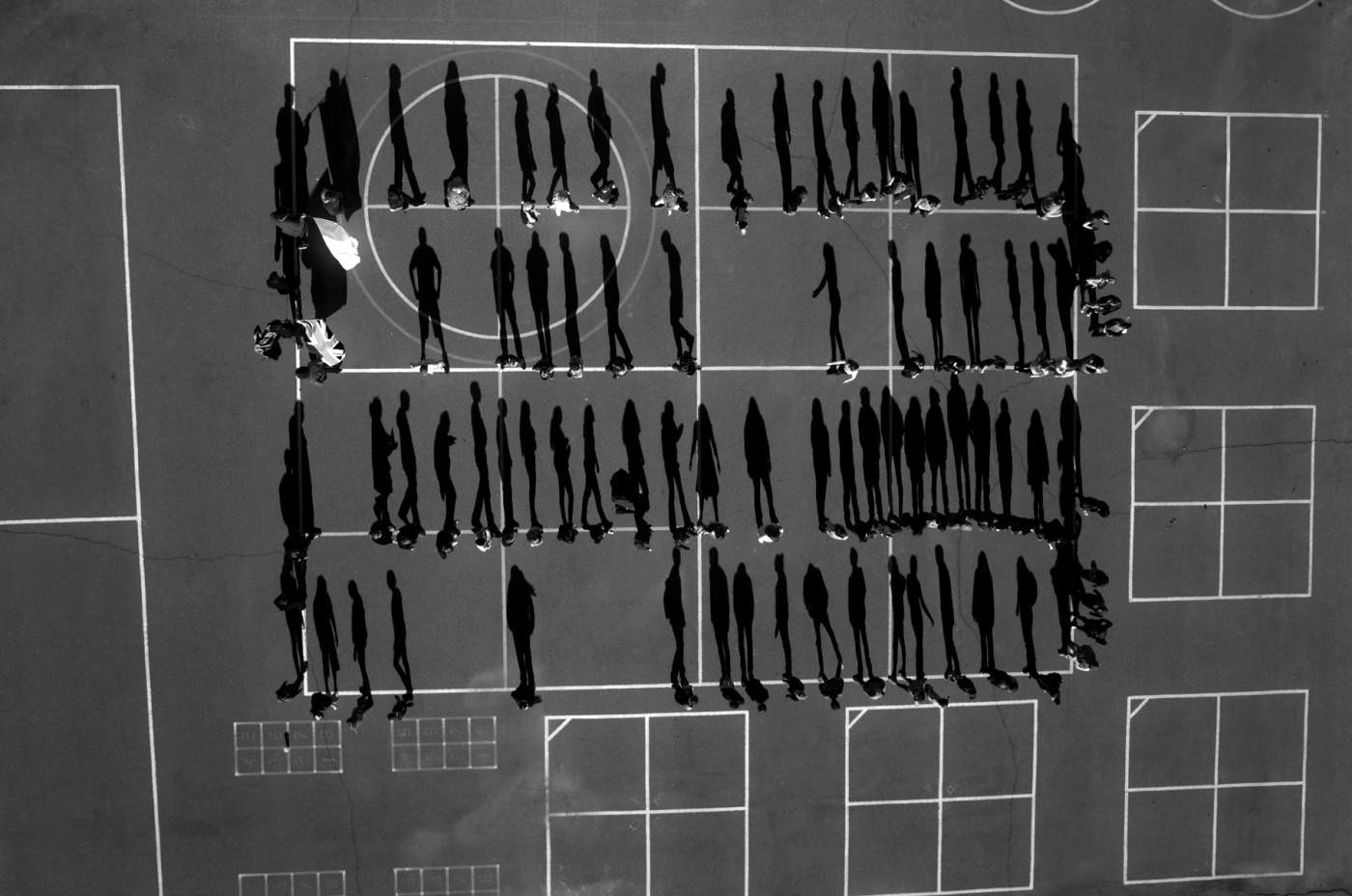
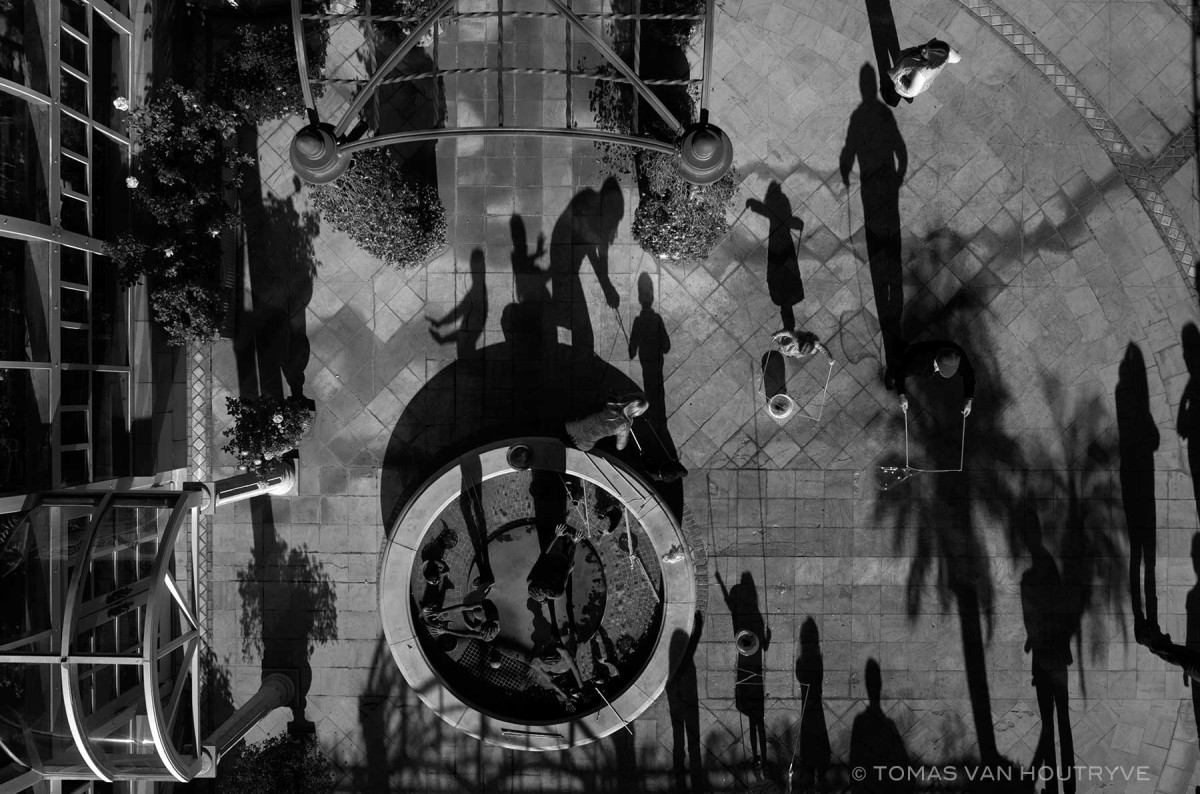
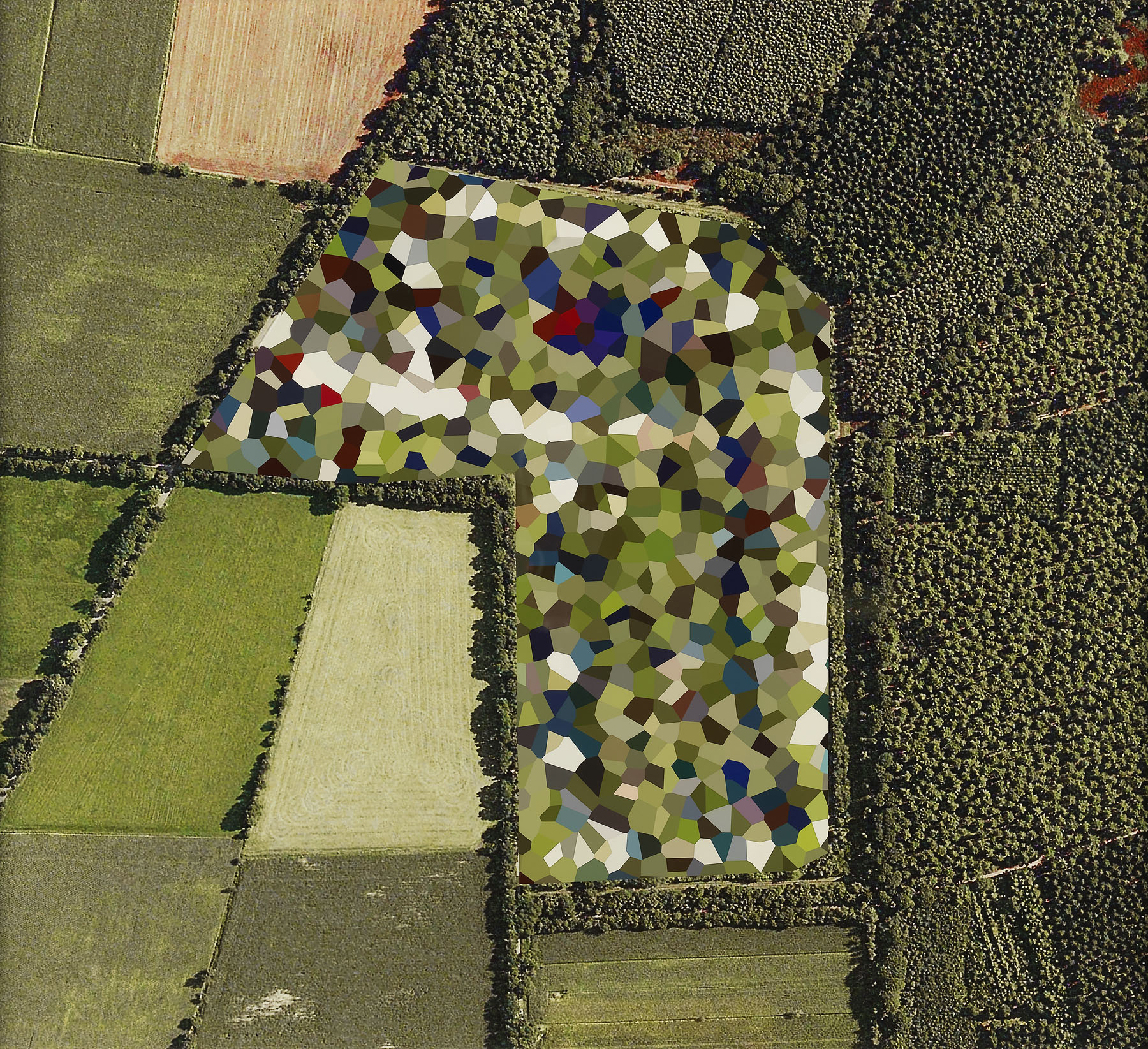

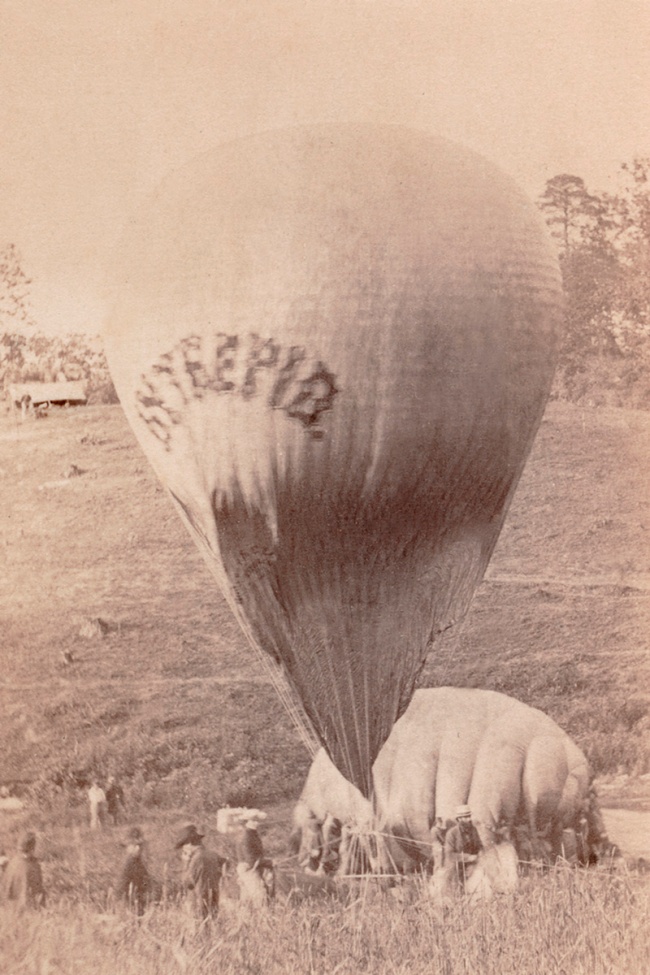
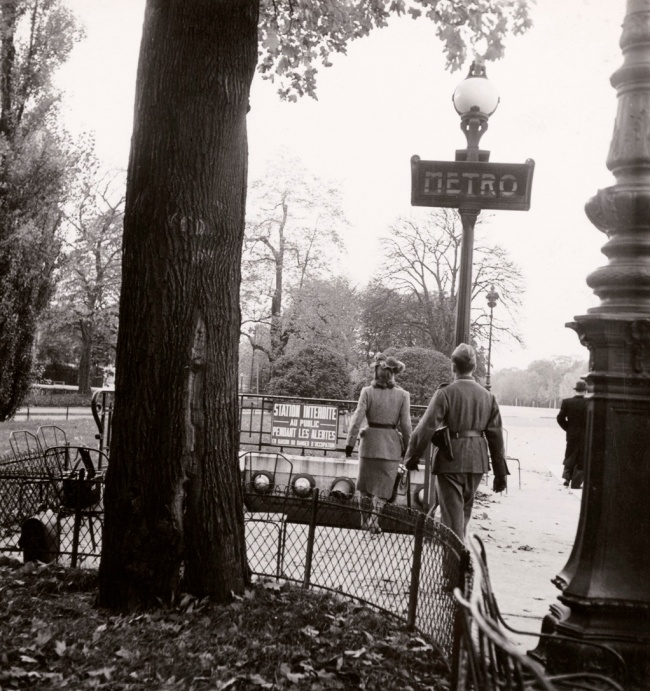
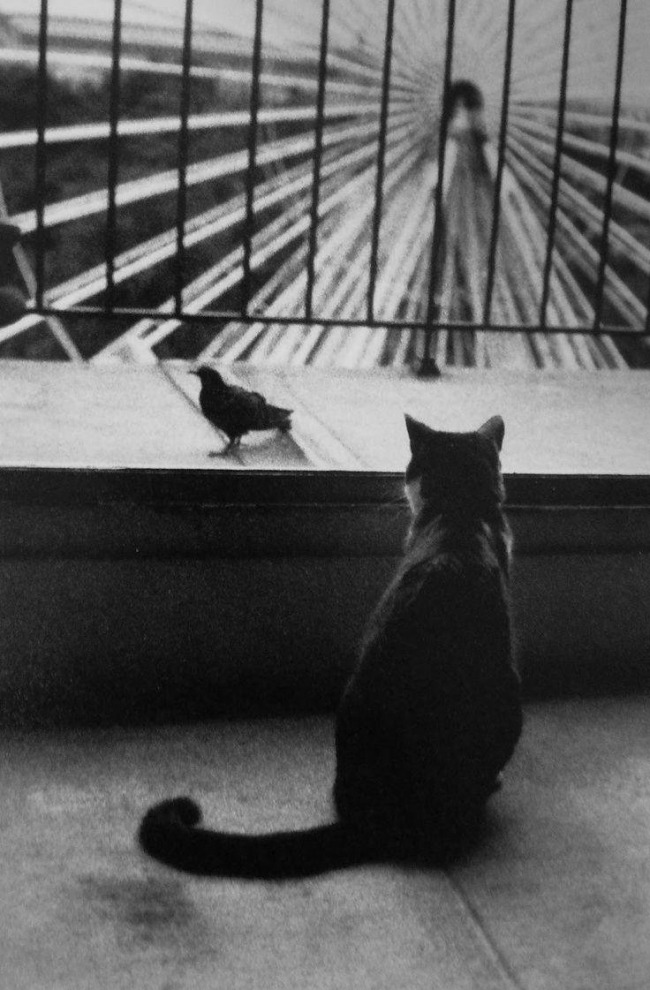
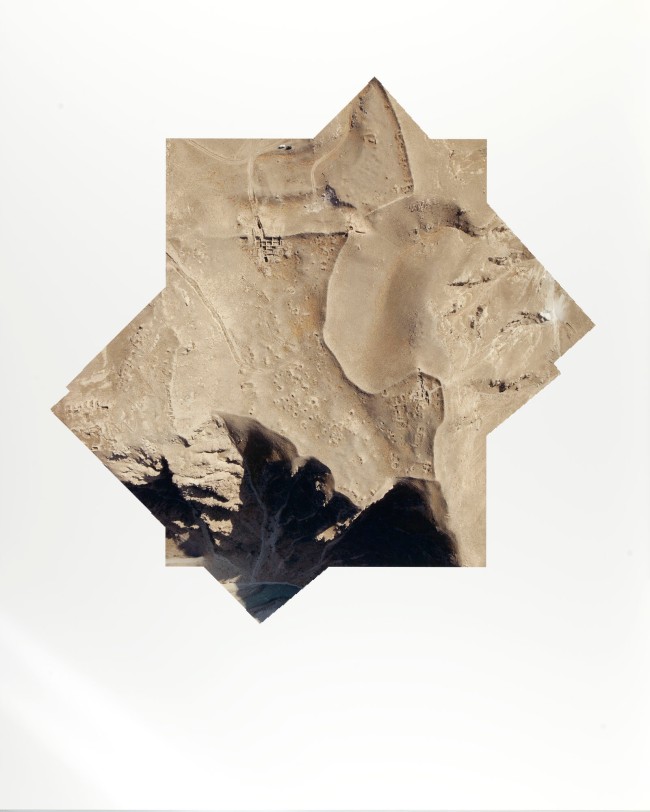

























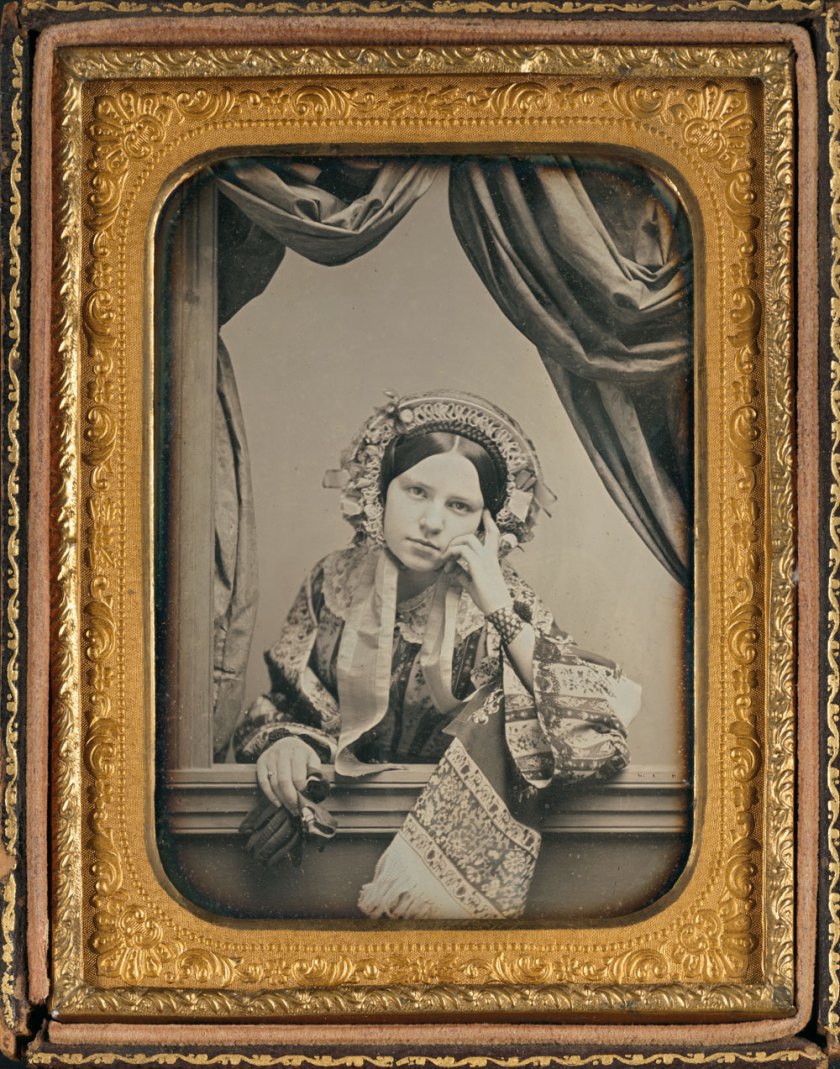








































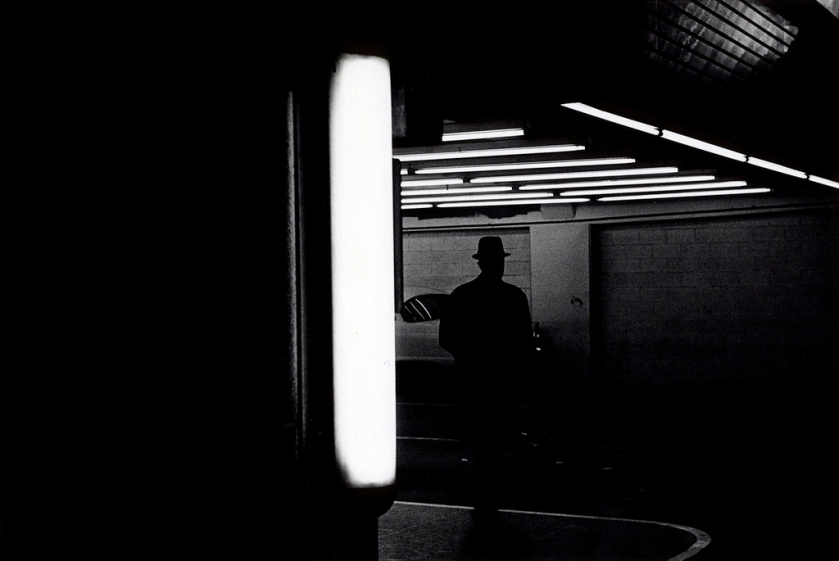

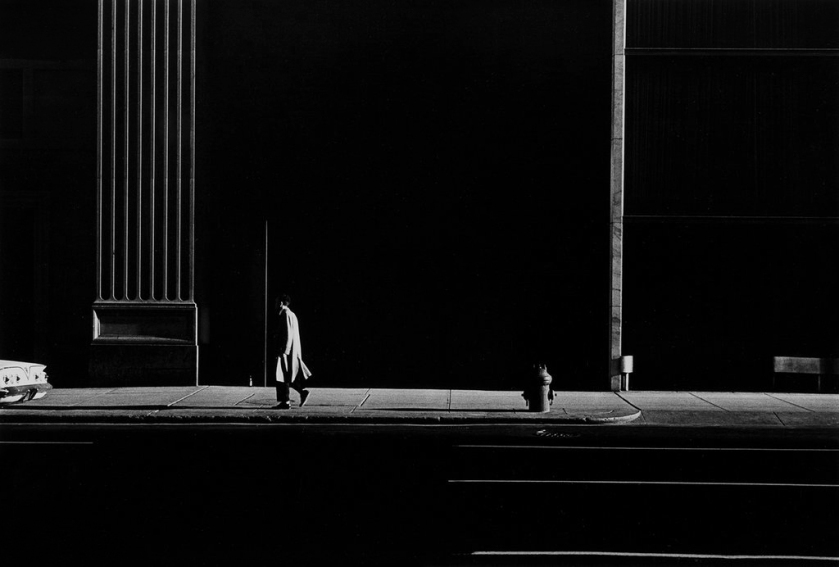




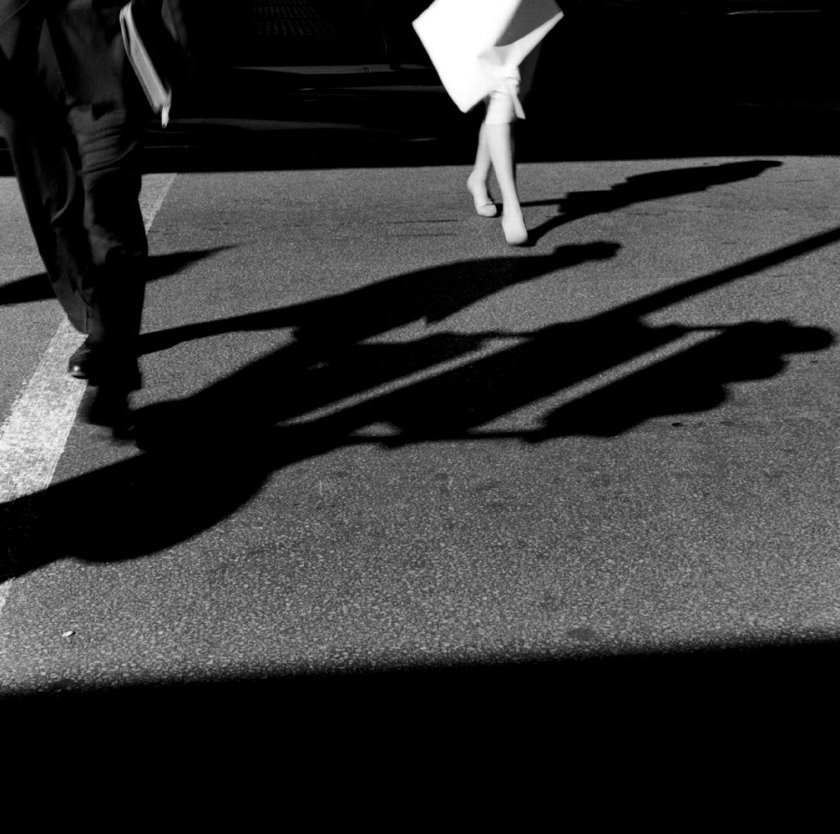



You must be logged in to post a comment.